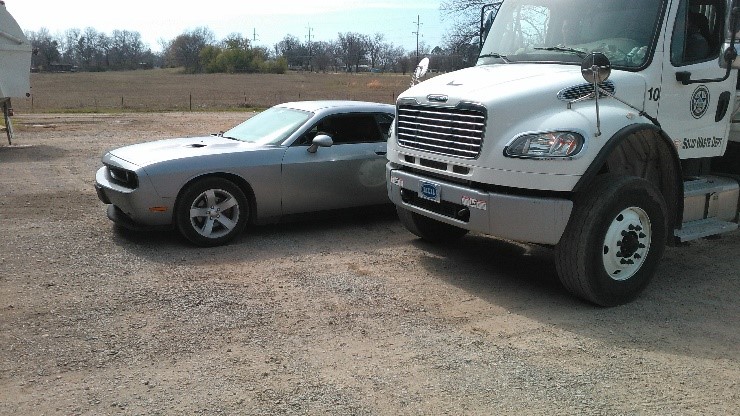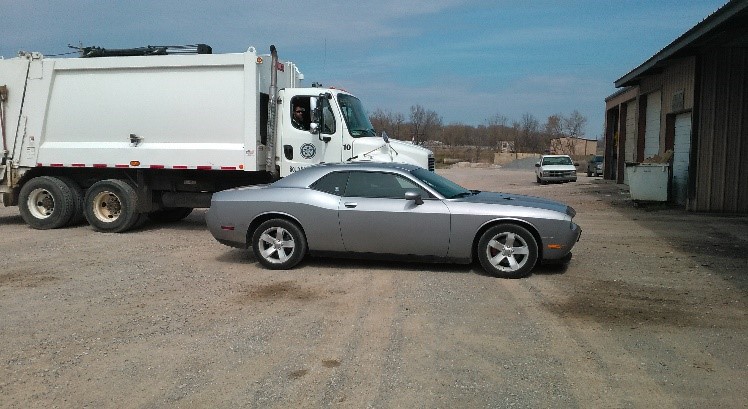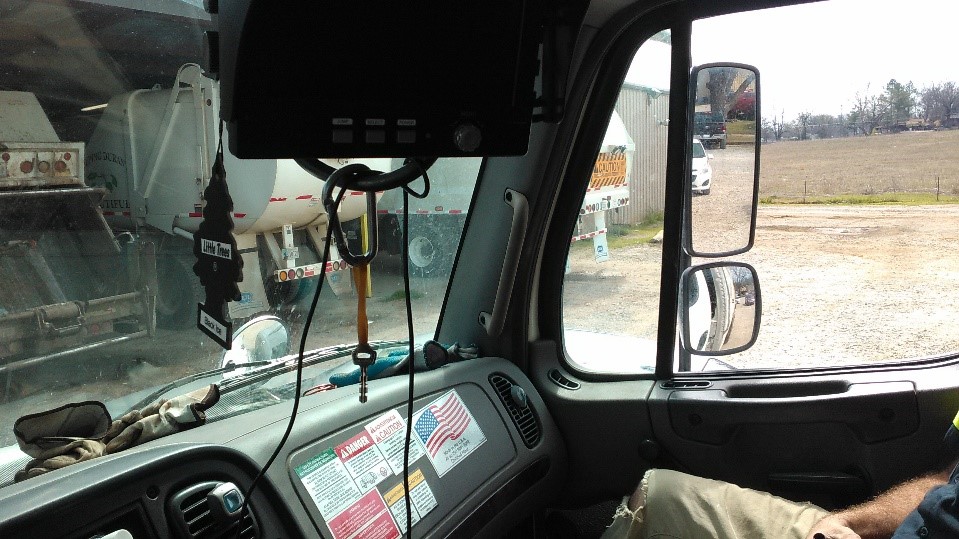Facts About the Probationary Period
Did you know?
Probationary periods originated in union environments. Probationary periods originated to give employers the opportunity to terminate new employees within a reasonable period of time without all the paperwork and hearings contemplated by a collective bargaining agreement.
Probationary periods are not required for at-will employers. The at-will doctrine states that absent a contract, either express or implied, to the contrary, an employer can terminate an employee for any reason or no reason at all. In a non-union environment, probationary periods just aren’t necessary.
Probationary periods may be construed as an implied contract. A probationary period could create an implied contract. When you tell an employee you have 90 days to show us that you can do the job, what is the employee thinking? “I have a permanent job for at least 90 days.” Or, maybe, “After 90 days I have a job for life.” A written agreement clearly stating that the employment relationship is at-will is the only defense in this situation.
Termination during the probationary period does not disqualify employees from receiving unemployment. The probationary period has no bearing on whether an employee is awarded unemployment benefits.
Probationary periods do not protect against lawsuits. Probationary employees have the same rights as a non-probationary employee when it comes to filing lawsuits. Probationary employees can file lawsuits alleging wrongful termination, breach of contract, discrimination, harassment, failure to train, etc. And, there are limited situations where probationary employees can sue for due process violations. For example, if an employee is terminated in the probationary period for alleged criminal acts that were made public by the municipality, the municipality would owe this employee a name-clearing hearing in order to protect and defend his or her good name.
Tips for Implementing a Successful Probationary Period
Be clear about at-will employment status. Make sure employees understand the employment relationship is at-will during and after the probationary period. This is vital to the defense of any claim that the municipality created an implied contract with the employee.
Be clear about your expectations. Objective goals need to be expressly stated to the employee regarding expectations. Be sure that the employee understands (a) how long the probationary period will last, (b) what needs to be accomplished during that period, (c) how often a review will occur and (d) what standards need to be met in order to successfully complete the probationary period.
Give feedback regularly. Supervisors should conduct periodic reviews with the employee to provide feedback about how the employee is progressing and what needs to be improved. If the employee is having performance issues, offer detailed guidance and provide additional training if necessary. Be sure that the employee assigned to provide guidance to the probationary employee is knowledgeable and experienced.
Encourage supervisors to ask HR for help if there is a concern. Explain to supervisors that HR is a resource and can help ensure employees are being treated fairly and consistently between municipal departments or with prior supervisors. Give the supervisors examples of what can go wrong when they don’t ask for help. For example, explain the problem created if they place a struggling employee on a one-month probationary period but a former supervisor gave employees three months to improve his/her performance. Or ask, if sued, how does the supervisor want to be perceived by a jury – as the mean supervisor who did not give the employee a second chance or the supervisor who gave the employee every opportunity (within reason) to correct the problem.
Document Document Document. Remember, if it’s not written down it did not happen, but if you write it down, you own it! If an employee can’t perform the essential functions of the position, you’ll likely want to terminate the employment relationship. For the best legal defense be sure the supervisor has documented dates, times, locations, witnesses of the employee’s performance, efforts to train, coach and manage, and so on.















